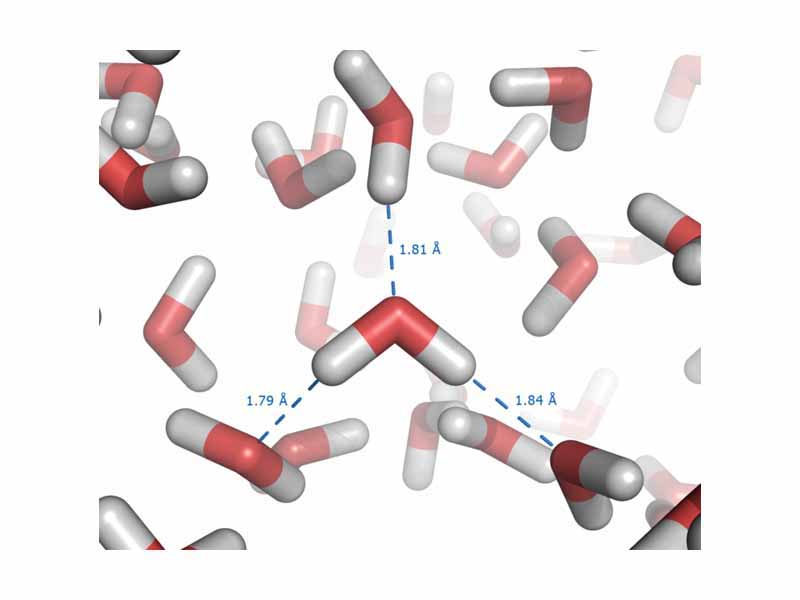Interdisciplinary Note (11 of 17)
The performance of many protein functions including enzyme activity, transport, storage, and immunity depends on the ability of proteins to interact with diverse substances through specific binding. Tertiary and quaternary protein structure allows for the formation of complementary surfaces and clefts. Hydrogen bonding, dipole-dipole interactions, Van der Waals (London dispersion) forces, salt bridges, and coordinate covalent bonds are all important means by which proteins bind other substances.
There is a tendency to initially discount the importance of Van der Waals forces in these binding interactions because these forces are the weakest type of intermolecular force. How can they be very significant? (Note that many authoritative resources use London dispersion force and Van der Waals force interchangeably, while other authoritative resources will use Van der Waals force in a way that also encompasses dipole-dipole interactions. In this course we use them as synonyms).
The key to understand the importance of Van der Waals forces in binding is to understand that they aren't really what's driving the interaction. These interactions are occurring in the context of aqueous emulsion. In other words, the entire context of interaction between nonpolar moeities in biochemistry is predicated by the behavior of the aqueous environment in which they are situated. Molecules that interact by Van der Waals force are driven together by water into what is essentially a separate phase space. They attract one another by London dispersion, but to include the thermodynamic impetus from the water in their association, it is better to describe what is going on as 'hydrophobic interaction'.
To understand the thermodynamic principles underlying hydrophobic interactions, imagine two recently translated polypeptide subunits of a protein which have not yet attached in quaternary strucure. Each has folded individually, but there is still a hydrophobic patch on the surface of each with side-chains residues like valine, leucine, and isoleucine. These side-chains have large regions with only carbon and hydrogen. The electronegativity of carbon is of 2.5. Hydrogen is 2.1. In other words, this is a nonpolar region on the surface of each protein that could not be fit into the interior. The water around the polypeptide sees no polarities to grip down on in this area. Water is being made to get out of the way to make room for these groups. Water molecules have to pull apart from each other to make room for the isoleucene, valine, and leucine side chains extending into their midst. For a hydrophobic residue to be out in the water, there will be an increase in enthalpy because water molecules have to pull apart from each other along lines of hydrogen bonding to make room for the big nonpolar group.
Additionally, the water is forced into a kind of ordered cage around the group as its dipoles orient laterally towards each other, not towards the group. They are pointing towards each other instead of towards the nonpolar group the water is surrounding. This is an ordered arrangement. In other words, the water molecules now have fewer degrees of freedom than they do in the bulk aqueous phase. Faced with a nonpolar group, the water is forced to pay an 'entropic penalty'. In summary, having a nonpolar group in their midst, increasess the free energy in the water both by increasing enthalpy and decreasing entropy.
This high free energy state drives hydrophobic interactions. There will be a significant free energy decrease for the nonpolar patches on the surface of the two polypeptides to find each other and come together into a quaternary structure. Hydrophobic interactions are the most significant factor in subunit binding in quaternary structure, actually. In summary, although there are London dispersion forces between the two nonpolar domains, what has really driven them together is hydrophobic interaction. The subunits come together to sequester their hydrophobic residues away from the water.
